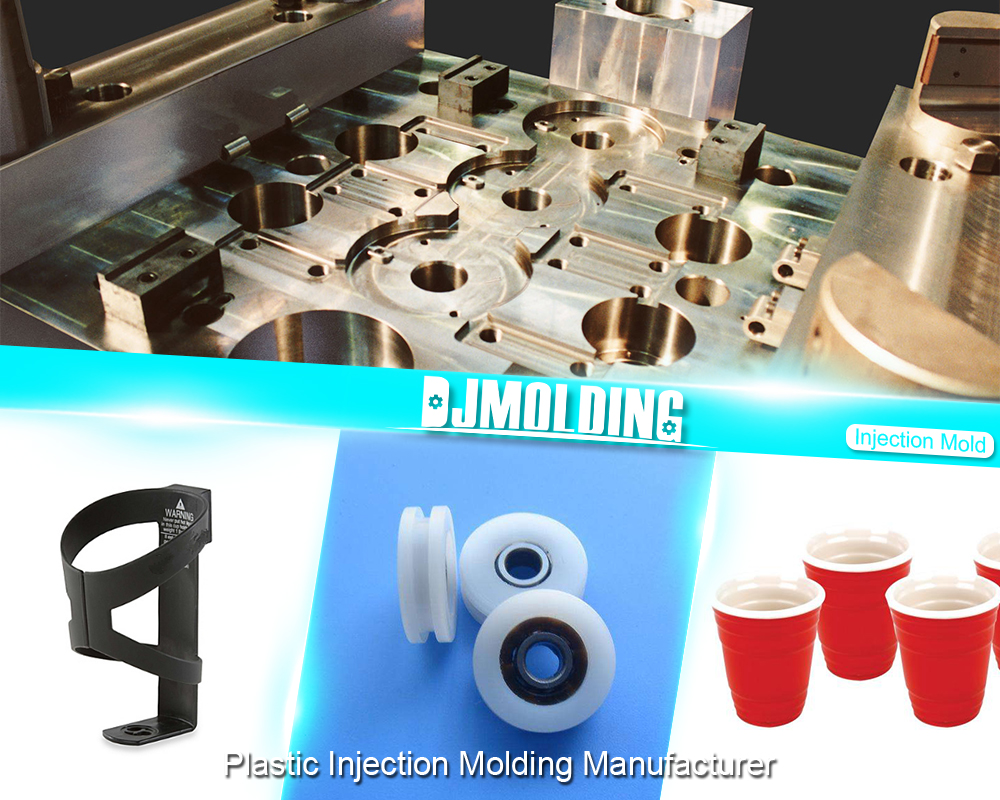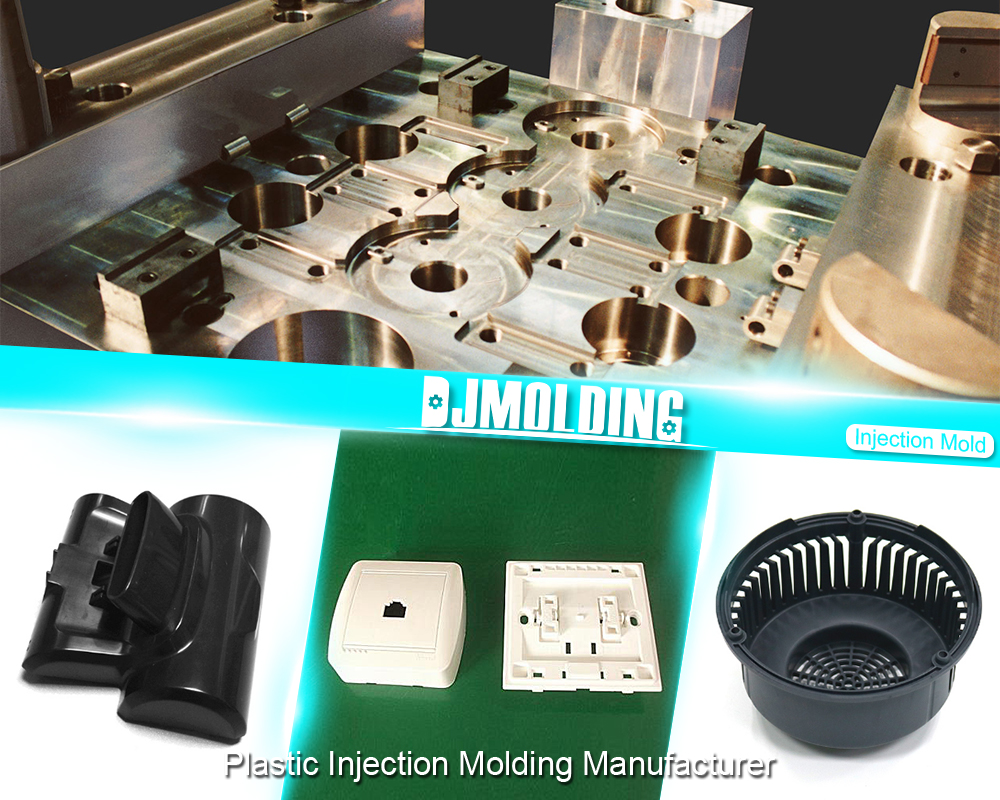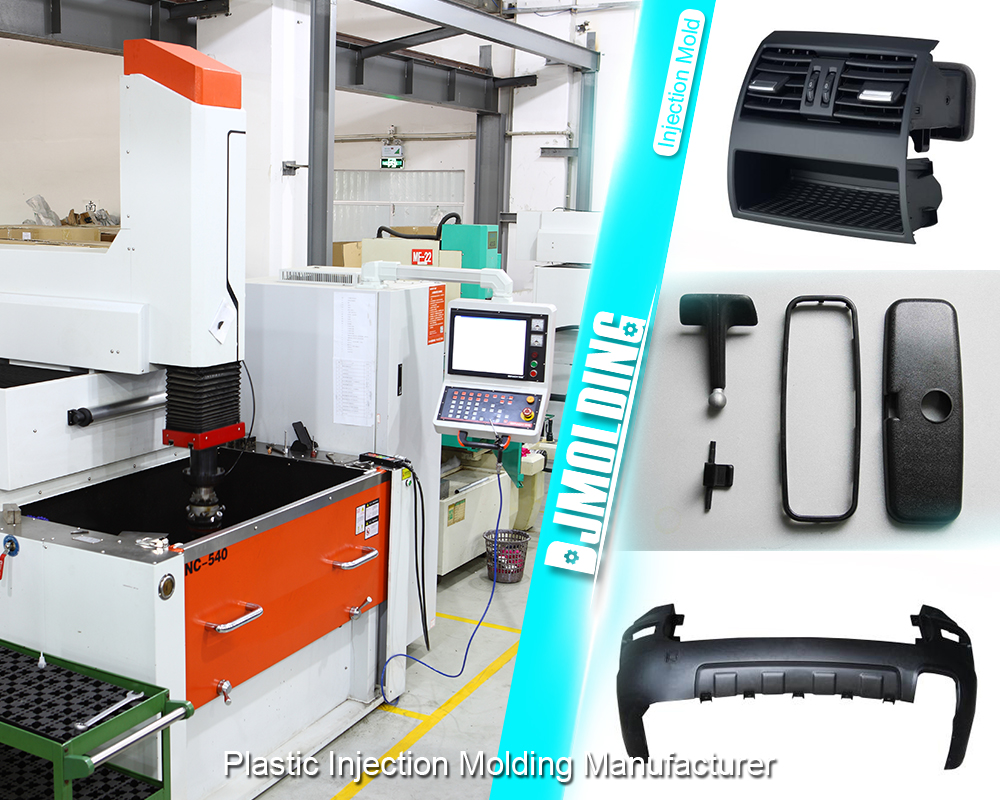Injection Molding Defects And How To Prevent Them
Injection Molding Defects And How To Prevent Them
Injection molding is a widely used manufacturing process for producing complex plastic parts with high precision and repeatability. However, like any manufacturing process, it is susceptible to various defects that can compromise the quality of the final product. This article will explore common injection molding defects, their causes, and practical prevention strategies.

Common Injection Molding Defects
Warping
Description: Warping refers to the distortion of a molded part, causing it to bend or twist out of shape.
Causes:
- Uneven cooling of the part within the mold.
- Differences in shrinkage rates between different areas of the part.
- Inappropriate mold design, including poor placement of cooling channels.
Prevention Strategies:
- Uniform Cooling: Ensure uniform cooling by optimizing the placement and design of cooling channels.
- Material Selection: Choose materials with consistent shrinkage rates.
- Mold Design: Design the mold with uniform wall thickness and avoid sharp corners.
- Process Parameters: Adjust cooling time and temperature to ensure even cooling.
Sink Marks
Description: Sink marks are depressions or indentations that appear on the surface of the molded part.
Causes:
- Need for more packing or holding pressure.
- Excessive wall thickness.
- High melt temperature.
Prevention Strategies:
- Optimize Pressure: Increase the packing and holding pressure during the injection cycle.
- Reduce Wall Thickness: Design parts with uniform and appropriate wall thickness.
- Control Melt Temperature: Lower the melt temperature to reduce the likelihood of sink marks.
Flow Lines
Description: Flow lines are streaks, patterns, or lines on the part’s surface that indicate the molten plastic’s flow.
Causes:
- Variation in cooling rates within the mold.
- Changes in the flow rate of the molten plastic.
- Inconsistent wall thickness.
Prevention Strategies:
- Consistent Cooling: Ensure uniform cooling across the entire part.
- Smooth Flow Path: Design the mold to provide a smooth and consistent flow path for the molten plastic.
- Uniform Wall Thickness: Maintain a consistent wall thickness throughout the part.
Weld Lines
Description: Weld lines are lines or marks where two flow fronts meet and do not adequately bond, leading to weak spots.
Causes:
- Inadequate material temperature.
- Poor mold design, causing multiple flow fronts.
- Insufficient injection speed or pressure.
Prevention Strategies:
- Increase Temperature: Ensure the material is at the correct temperature to promote bonding.
- Optimize Mold Design: Design the mold to minimize the creation of multiple flow fronts.
- Adjust Process Parameters: Increase injection speed and pressure to improve bonding at weld lines.
Flash
Description: Flash is excess material extending beyond the mold’s intended parting line.
Causes:
- Worn or damaged mold.
- Excessive injection pressure.
- Poor mold clamping.
Prevention Strategies:
- Mold Maintenance: Regularly inspect and maintain the mold to ensure it is in good condition.
- Optimize Injection Pressure: Adjust the injection pressure to appropriate levels.
- Ensure Proper Clamping: Ensure the mold is clamped adequately during injection.
Short Shots
Description: Short shots occur when the mold cavity is not filled, resulting in an incomplete part.
Causes:
- Insufficient material in the mold.
- Low injection pressure or speed.
- Blockages in the mold gate or runner system.
Prevention Strategies:
- Sufficient Material: Ensure there is enough material to fill the mold cavity.
- Increase Pressure and Speed: Adjust the injection pressure and speed to ensure complete filling.
- Clear Blockages: Regularly inspect and clear any gate or runner system blockages.
Burn Marks
Description: Burn marks are dark, discolored spots on the part caused by material degradation.
Causes:
- Overheating of the material.
- Trapped air or gases in the mold.
- High injection speed or pressure.
Prevention Strategies:
- Control Temperature: Monitor and control the temperature of the material to prevent overheating.
- Vent the Mold: Ensure the mold is adequately vented to allow trapped air and gases to escape.
- Adjust Speed and Pressure: Reduce injection speed and pressure to minimize the risk of burn marks.
Bubbles and Voids
Description: Bubbles and voids are pockets of air trapped within the part, leading to weaknesses and aesthetic issues.
Causes:
- Trapped air during the injection process.
- High melt temperature causes excessive gas formation.
- Insufficient packing pressure.
Prevention Strategies:
- Vent the Mold: Improve mold venting to allow trapped air to escape.
- Control Melt Temperature: Maintain an optimal melt temperature to reduce gas formation.
- Increase Packing Pressure: Adjust packing pressure to eliminate bubbles and voids.
Advanced Techniques for Preventing Defects
Mold Flow Analysis
Description: Mold flow analysis is a simulation technique used to predict the behavior of the molten plastic within the mold.
Benefits:
- Identifies potential problem areas in the mold design.
- Optimizes the design for uniform flow and cooling.
- Reduces the likelihood of defects such as warping, sink marks, and weld lines.
Design for Manufacturability (DFM)
Description: Design for Manufacturability is a design approach focusing on making parts more accessible and cost-effective.
Benefits:
- Ensures the part design is optimized for the injection molding process.
- Reduces complexity and improves the overall quality of the part.
- Minimizes the risk of defects through thoughtful design considerations.
Process Monitoring and Control
Description: Advanced monitoring and control systems are being implemented to continuously monitor the injection molding process.
Benefits:
- Provides real-time data on process parameters.
- Enables quick adjustments to maintain optimal conditions.
- Detects and addresses issues before they lead to defects.
Regular Maintenance and Inspection
Description: Routine maintenance and inspection of molds, machines, and auxiliary equipment.
Benefits:
- Ensures all equipment is in good working condition.
- Prevents defects caused by worn or damaged components.
- Extends the lifespan of molds and machinery.
Future Trends in Injection Molding Defect Prevention
The field of injection molding is continuously evolving, with new technologies and methodologies being developed to reduce defects further and improve product quality. Some future trends include:
Smart Manufacturing and Industry 4.0
Description: Integrating advanced sensors, IoT devices, and data analytics in injection molding machines.
Benefits:
- Real-time Monitoring: Continuous monitoring process parameters to detect and address issues immediately.
- Predictive Maintenance: Predicting and preventing equipment failures before they occur.
- Data-driven Optimization: Using data analytics to optimize the injection molding process for defect prevention.
Advanced Materials
Description: Development and use of new materials with enhanced properties suitable for injection molding.
Benefits:
- Lower Defect Rates: Materials that reduce warping, shrinkage, and weld lines.
- Improved Performance: Materials that provide better mechanical properties and aesthetic qualities.
- Sustainability: Eco-friendly materials that minimize environmental impact and enhance recyclability.
Additive Manufacturing for Mold Design
Description: Utilizing additive manufacturing (3D printing) to create complex mold designs that are difficult to achieve with traditional manufacturing methods.
Benefits:
- Complex Cooling Channels: Designing intricate cooling channels that ensure uniform cooling and reduce warping.
- Rapid Prototyping: Quickly producing and testing mold designs to identify and rectify potential defects.
- Customization: Customizing molds for specific applications and requirements, improving overall part quality.
Enhanced Simulation Tools
Description: Using more sophisticated simulation software to predict and mitigate injection molding defects.
Benefits:
- Accurate Predictions: More accurate material flow, cooling, and shrinkage predictions.
- Virtual Testing: Virtual tests are conducted to identify potential issues before physical production.
- Optimization: Optimizing mold designs and process parameters to minimize defects.

Conclusion
Injection molding is a highly efficient manufacturing process, but it has challenges. By understanding the common defects that can occur and implementing preventative measures, manufacturers can significantly improve the quality of their molded parts. A proactive approach to defect prevention can lead to more reliable and aesthetically pleasing products, whether through better mold design, optimized process parameters, or advanced techniques like mold flow analysis. Manufacturers can ensure consistent quality and reduce the risk of costly rework and scrap by continuously monitoring and refining the injection molding process.
For more about the injection molding defects and how to prevent them,you can pay a visit to Djmolding at https://www.djmolding.com/solutions-to-common-molding-defects-of-injection-molding/ for more info.




